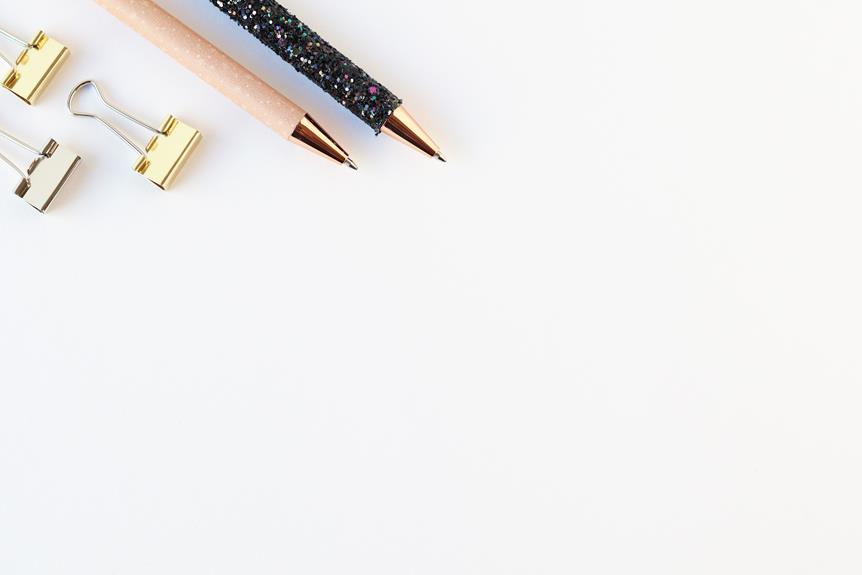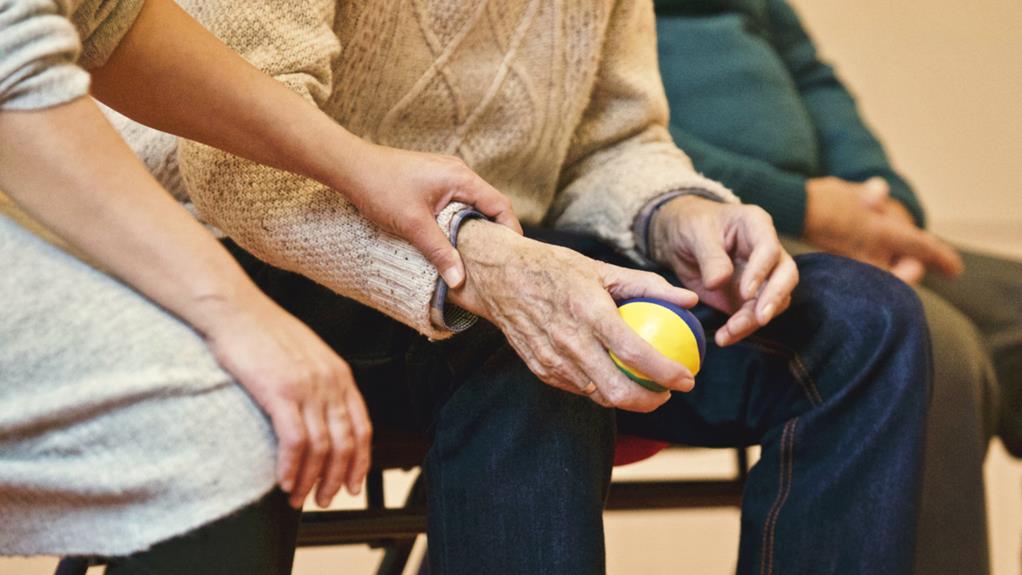Are you ready to leave a lasting legacy for your loved ones? Look no further!
In this article, we'll show you how to create a legacy binder, the ultimate tool for organizing and preserving your most important documents and memories.
You'll learn how to gather essential information, organize your binder sections, and even include personal stories to pass down through generations.
So grab a pen and let's get started on creating a meaningful legacy for your family!
Gather Essential Documents and Information
To gather essential documents and information for your legacy binder, start by organizing important records and personal details. This step is crucial in ensuring that all the necessary documents are easily accessible and well-organized.
Begin by creating a document checklist that includes items such as birth certificates, passports, social security cards, and any other identification documents. Once you have compiled a comprehensive list, gather these documents and place them in a secure and easily accessible location.
Additionally, it's important to organize important personal information, such as contact details for family members, medical records, and financial information. Consider using folders or dividers to separate different categories of documents and information.
Choose and Organize Your Binder Sections
Choose the sections for your legacy binder that will help you organize and store important documents and information. When selecting the sections, consider the design and aesthetics of your binder. Choose dividers and labels that are visually appealing and make it easy to locate specific documents.
Additionally, it's crucial to digitize your documents for easy access and preservation. Scan important papers such as birth certificates, wills, and insurance policies, and save them in a secure digital format. This ensures that even if the physical copies are lost or damaged, you'll still have a backup.
Organize your digital files into folders that mirror the sections in your binder, making it simple to find and access the information you need.
Create a Master Contact List
How can you efficiently create a master contact list for your legacy binder? A master contact list is an essential component of your legacy binder as it ensures that your loved ones have access to important contacts in case of emergencies or other urgent needs. To create an efficient master contact list, consider the following:
- Emergency contacts: Include the contact information of family members, friends, or neighbors who can be reached in case of an emergency.
- Medical information: Include the contact details of your healthcare providers, insurance company, and any relevant medical information that would be helpful in case of a medical emergency.
- Professional network: Include the contact information of your lawyer, accountant, financial advisor, and any other professionals that you regularly work with.
- Social media profiles: Include the usernames and passwords of your social media accounts, so your loved ones can manage or deactivate them if necessary.
Include Personal Stories and Memories
Preserve cherished moments and experiences by including personal stories and memories in your legacy binder.
Preserving family history is an integral part of creating a meaningful legacy.
Gather old photographs, letters, and other sentimental items that hold special meaning for you and your loved ones.
These nostalgic keepsakes won't only provide a glimpse into the past but also serve as a tangible connection to your family's heritage.
Organize your personal stories in a chronological order, capturing important milestones, family traditions, and significant events.
Include anecdotes that highlight the values, lessons, and experiences that have shaped your life.
Regularly Update and Maintain Your Legacy Binder
To keep your legacy binder up to date and in good condition, you should regularly update and maintain it. Here are some tips to help you in this process:
- Importance of digital backups: Make digital copies of important documents, photos, and videos and store them securely on a computer or cloud storage. This ensures that even if the physical binder gets damaged or lost, you still have a backup of your cherished memories.
- Create a schedule: Set aside dedicated time every few months to go through your binder and make any necessary updates. This could include adding new documents or photos, removing outdated information, or reorganizing the contents.
- Involve family members: Encourage your loved ones to contribute to the legacy binder by sharing their own stories, memories, and photos. This not only adds a personal touch but also helps create a collective family history.
- Store it properly: Keep your legacy binder in a safe and accessible place, away from direct sunlight, moisture, and extreme temperatures. Consider using acid-free archival sleeves or folders to protect documents and photos from deterioration.


